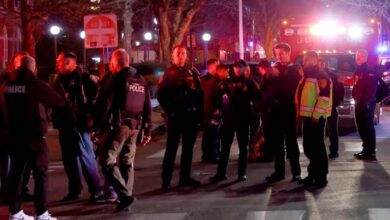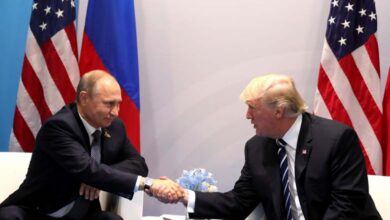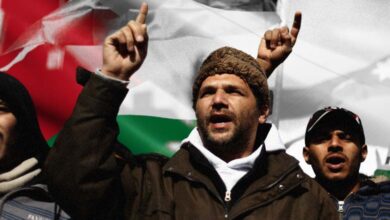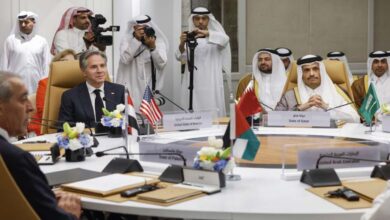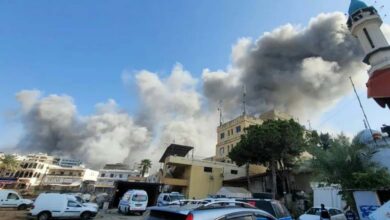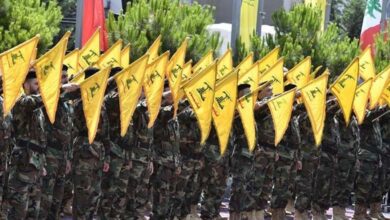The Misleaders… Documents Revealing the Lies of the Brotherhood” – Encyclopedia Exposes Brotherhood’s Scandals
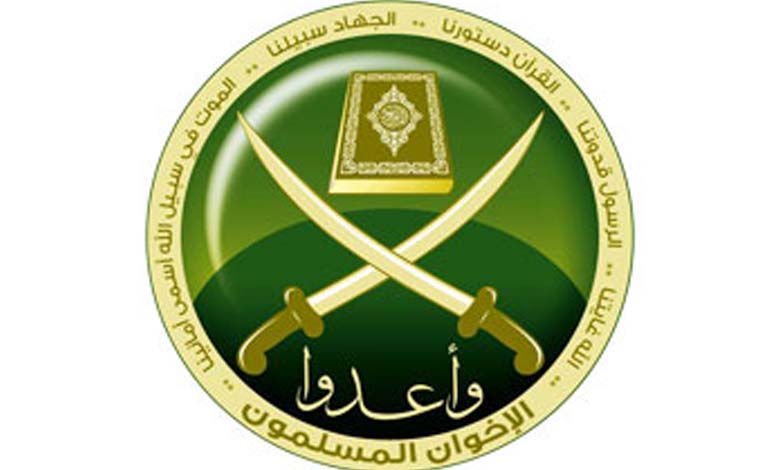
The encyclopedia “The Misleaders… Documents of the Lies of the Brotherhood,” in its 5 parts by Dr. Mohamed El-Baz, has uncovered the scandals of the Brotherhood following the June 30, 2013 revolution, by tracing what has been said about this terrorist group almost since its inception in 1928 in Ismailia until now.
In the introduction to the series, El-Baz approaches the Brotherhood from several different angles: “The first angle is that what you have heard in the media is nothing but criticism of the active part of the Brotherhood, and a refutation of the crimes and sins it has committed against Egyptian society and against Islam. But what we have here is a critique of the very idea, a dismantling of the method, and a focus on the religious and political violations committed by the Brotherhood, which persist.”
He continued, “I believe that dismantling the Brotherhood‘s mindset through writings that have intellectually criticized it is very important, for a simple reason: this Brotherhood has built its legitimacy on the premise that it is the ‘Muslim Brotherhood,’ and that anything outside of it and those who oppose it are not Muslims and know nothing about Islam. It is therefore important to know what scholars specialized in Islamic sciences say about them, how they describe them, and what criticisms they make against them in relation to Islam.”
He added, “You can consider these writings as a revelation of the religious cover of the Brotherhood, and I say cover, because the Brotherhood has treated Islam as a means, simply a tool it uses to achieve what it wants, and to achieve its goals which are essentially worldly and have no connection with religion, near or far.”
Regarding the second angle: “What you have heard in the media over the past years has been formulated against a backdrop of noise that has often lost much of its meaning and ideas, to the extent that you have sometimes wondered about this Brotherhood. But here, we turn to a very calm debate that we engage in with those who have opposed the Brotherhood‘s ideas, and the arena is calm because the discussion revolves around logical arguments that ultimately convince us that we are dealing with a corrupt and corrupting Brotherhood, astray and misleading.”
And the third angle: “What you have heard in the media over the past years has been largely random and disconnected, to the point where you have sometimes doubted everything that has been told to you. What I will do here is to put everything that has been written about the Brotherhood in its political and historical context, because there are no results without introductions, and you must know the introductions that prompted all these Egyptian elites in all their diversities to criticize the Brotherhood and to expose its distortions and document its weaknesses, until you reach the conclusion that it is just and true.”
The fourth angle: “When the harvest of research and documentation is available in one book, even in multiple parts, it will be important to complete the picture that has been torn apart over the past long decades, because we will discover that what the scholars of the official religious institutions in Egypt, especially Al-Azhar, Iftaa, and Waqfs, have said is exactly what religious scholars working outside of these institutions say. And this aligns perfectly with what thinkers, writers, literary figures, intellectuals, and journalists put forward, and it is in perfect harmony with the testimonies of politicians who have dealt closely with the Brotherhood, and ultimately it aligns perfectly with what the dissidents of the Brotherhood have recorded in their writings and memoirs.”



